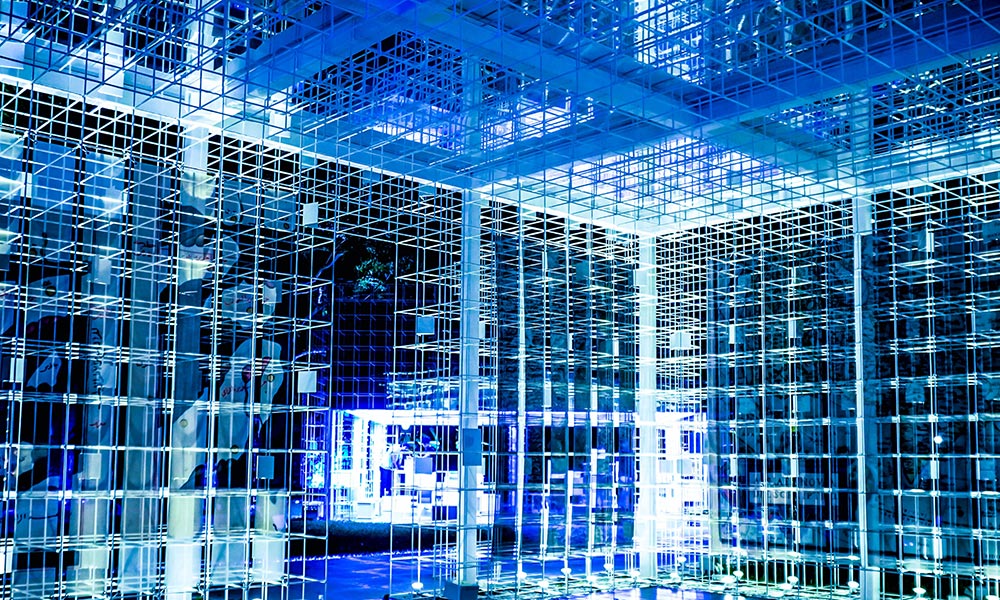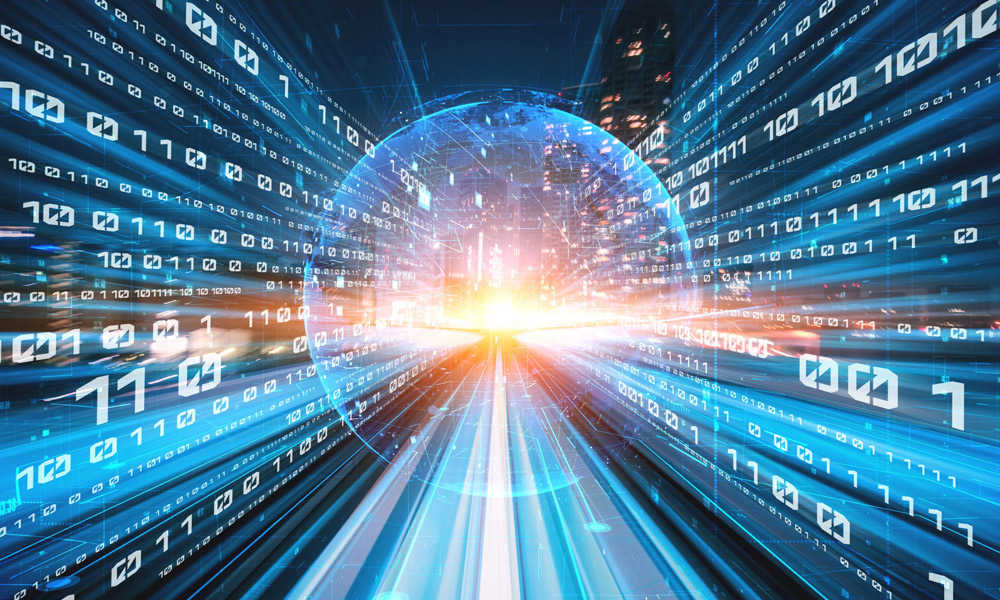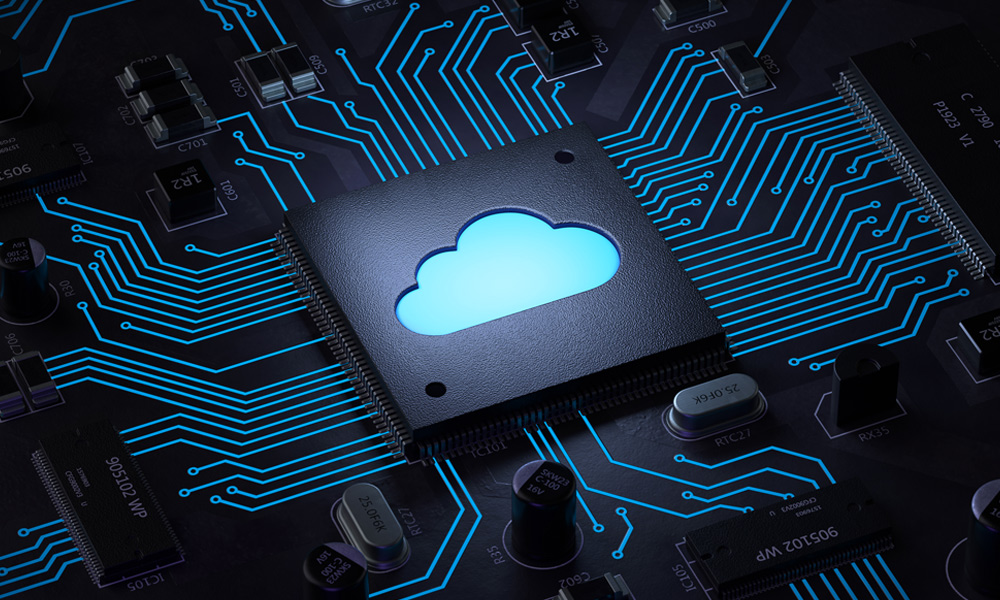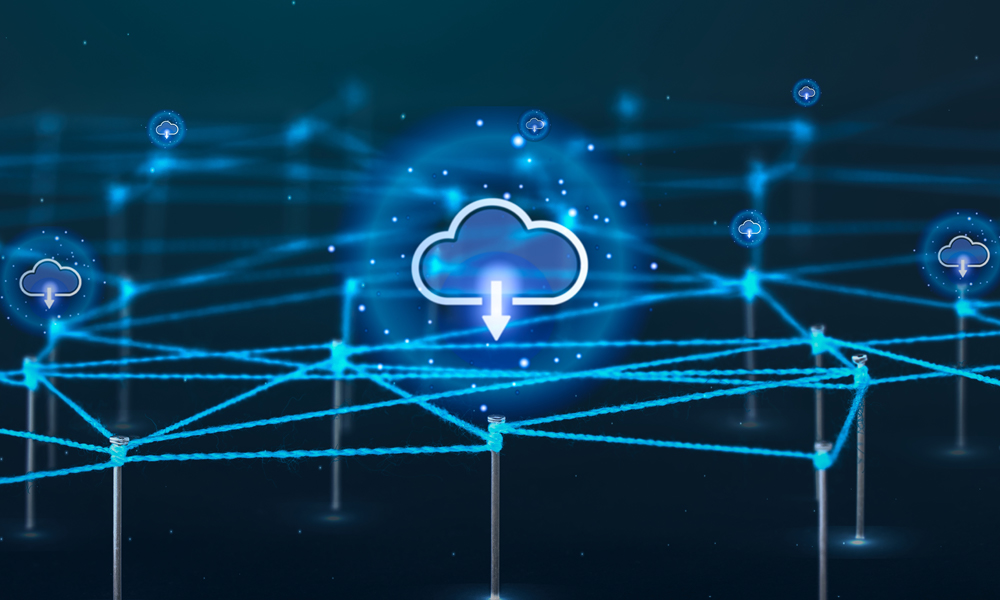Data Centers and Big Data: How They Support Each Other

The data center market across the globe has been growing rapidly. According to Research and Markets, in Southeast Asia, the market is expected to grow by $ 3,61 billion during 2021-2025, progressing at a CAGR of almost 12%. One of the drivers of the market in the region is the rise of big data and advanced data analytics. But, how are data centers and big data really connected?
Do data centers and big data affect each other?
You might be wondering whether the existence of big data and modern data centers really affect each other. Big data comes with big challenges. Due to its massive volume and fast growth rate, big data requires high-performing storage and computing infrastructure. With their capabilities, modern data centers play an important role in making big data and its use cases possible.
However, big data also has its ways to enhance data center performance. Predictive analytics, which is one of the most popular big data use cases, has become a powerful tool for data centers seeking to provide consistently superior services for their customers. Modern data centers, like many other industries now, have turned to this tool to improve efficiency.
That’s why, we can safely say that data centers and big data have mutual influence on each other. Let’s take a closer look at their correlation.
How do modern data centers enable big data storage and processing?
Modern data centers have several features that allow big data to be properly and efficiently stored and processed.
1. Storage
Modern data centers are enhanced to support and store huge volumes of data. Take hyperscale data centers as an example. This type of data center typically has at least 500 cabinets and 5,000 storage servers, making it capable of storing massive volumes and various types of data.
2. Power
Big data needs to be handled by a robust electrical infrastructure. Modern data centers, especially Tier 3 and 4, are capable of providing uninterruptible and resilient power which is enhanced with automation and AI implementation.
3. Network
Big data sources constantly send huge volumes of data to data centers. Modern data centers are capable of providing stable and reliable connectivity with enough bandwidth to handle the volume and the velocity of big data.
How does big data enhance the performance of modern data centers?
One of the most common use cases of big data for data centers is predictive analytics. To put it simply, predictive analytics uses statistical algorithms and AI-driven machine learning methods to analyze data collected over time to anticipate future outcomes.
There are four ways predictive analytics improves data center performance.
It allows data centers to anticipate changes
With the ever-changing customers’ requirements, data centers have to go through constant changes. Unfortunately, in a data center, even a simple adjustment affects the whole infrastructure. Predictive analytics allows data center technicians to run simulation programs to anticipate how each change will impact the rest of the system, making it easier for them prevent major issues.
It allows data centers to improve uptime
Every data center aims to deliver reliable services to their customers. By applying predictive analytics to forecast network usage trends, data centers can structure their deployments and manage resources to ensure that customers always have access to their data and applications.
It allows data centers to prepare for disasters
Predictive analytics can model a wide range of disaster scenarios. These simulations will help data center personnel find out what they can expect to happen if such a scenario occurs and create action plans to resolve the problems.
It allows data centers to manage power
Data centers today are equipped with sensors and systems that carefully monitor power usage down to the server level. They can determine when power usage increases and what periods of time utilize less power. With this data, predictive analytics can model power usage trends and anticipate future demands, improving reliability and leading to cost savings.
To conclude, data centers and big data empower each other. As their relationship goes both ways, in their development, one can’t be separated from the other.

















